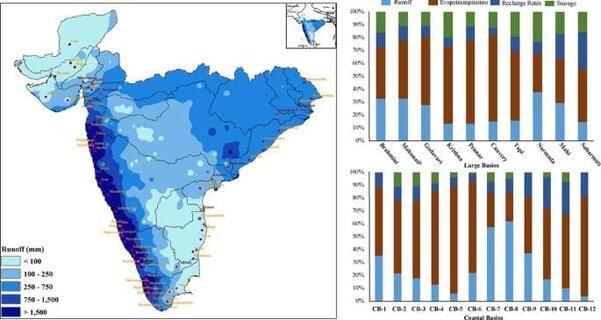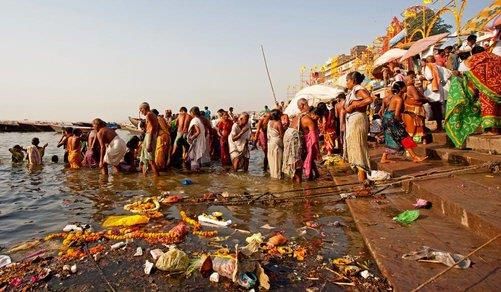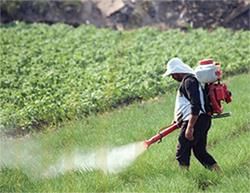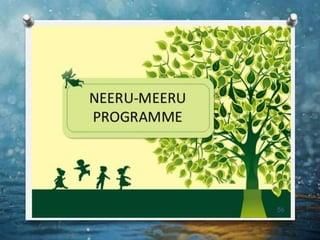|
True or False: Agriculture in India consumes more than 90% of groundwater resources. |
Card: 3 / 50 |
|
The mean annual flow of all river basins in India is estimated to be ___ cubic km. |
Card: 5 / 50 |
|
Fill in the blank: The Ganga and Brahmaputra basins account for approximately ___% of India's total replenishable groundwater resources. |
Card: 7 / 50 |
|
True or False: The Peninsular rivers, such as the Godavari and Krishna, have a higher mean annual flow than the Himalayan rivers. |
Card: 11 / 50 |
|
False. The Himalayan rivers generally have a higher mean annual flow than the Peninsular rivers. |
Card: 12 / 50 |
|
Fill in the blank: The states with the highest level of groundwater utilization in India include Punjab, Haryana, ___, and Tamil Nadu. |
Card: 13 / 50 |
|
The primary reason for the diminishing availability of drinkable water in India is ___ and ___. |
Card: 21 / 50 |
|
The swift increase in population and contamination from domestic waste, agriculture, and industries. |
Card: 22 / 50 |
|
True or False: Water quality refers to water that contains high levels of undesirable impurities. |
Card: 23 / 50 |
|
False. Water quality refers to water that is devoid of undesirable impurities such as microorganisms, chemicals, and industrial wastes.  |
Card: 24 / 50 |
|
What are some practices the government should promote for water conservation and management? |
Card: 25 / 50 |
 Unlock all Flashcards with EduRev Infinity Plan Starting from @ ₹99 only
|
|
Watershed development, rainwater harvesting, recycling and reuse of water, and conjunctive use of water. |
Card: 26 / 50 |
|
Fill in the blank: Major rivers in India, including the ___ and ___, are heavily polluted with organic and bacterial contaminants. |
Card: 27 / 50 |
|
True or False: Groundwater in India is not affected by pollution from heavy metals and nitrates. |
Card: 29 / 50 |
|
False. Groundwater in different parts of the country is polluted with high concentrations of toxic heavy metals, fluoride, and nitrates. |
Card: 30 / 50 |
|
What is the role of the Central Pollution Control Board in relation to water quality in India? |
Card: 31 / 50 |
|
The Central Pollution Control Board monitors water quality at various stations across India. |
Card: 32 / 50 |
|
Fill in the blank: Water pollution is primarily caused by ___, ___, and ___ activities. |
Card: 33 / 50 |
|
The Water (Prevention and Control of Pollution) Act of 1974 was effective in preventing the establishment of polluting factories along rivers and lakes. True or False? |
Card: 35 / 50 |
|
False. The Act failed to prevent the establishment of 251 polluting factories along rivers and lakes in 1997. |
Card: 36 / 50 |
|
Recycling and reusing water can help reduce the expenses of industries by allowing them to use ___ for purposes such as cooling and fire-fighting. |
Card: 37 / 50 |
|
What is a critical reason for the ineffectiveness of pollution control measures despite government efforts? |
Card: 39 / 50 |
|
The ineffectiveness is due to various obstacles such as insufficient enforcement of laws and lack of public awareness about water conservation. |
Card: 40 / 50 |
|
Fill in the blank: Raising awareness among the public about water conservation is necessary to reduce ___ from agricultural and industrial activities. |
Card: 41 / 50 |
|
Short answer: What is one practical method industries can adopt to preserve fresh water? |
Card: 43 / 50 |
|
Industries can recycle and reuse their wastewater for certain purposes, which helps conserve fresh water. 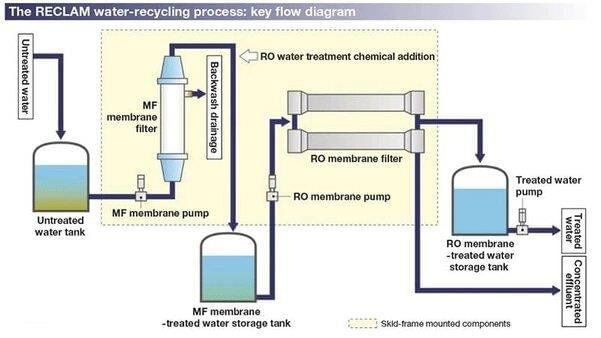 |
Card: 44 / 50 |
|
True or False: Community participation is not essential for the success of watershed development programs. |
Card: 47 / 50 |
|
False. Community participation is crucial for the success of any Watershed Development programme. |
Card: 48 / 50 |
|
The Neeru-Meeru Programme is an example of a state-initiated watershed development programme in ___. |
Card: 49 / 50 |





